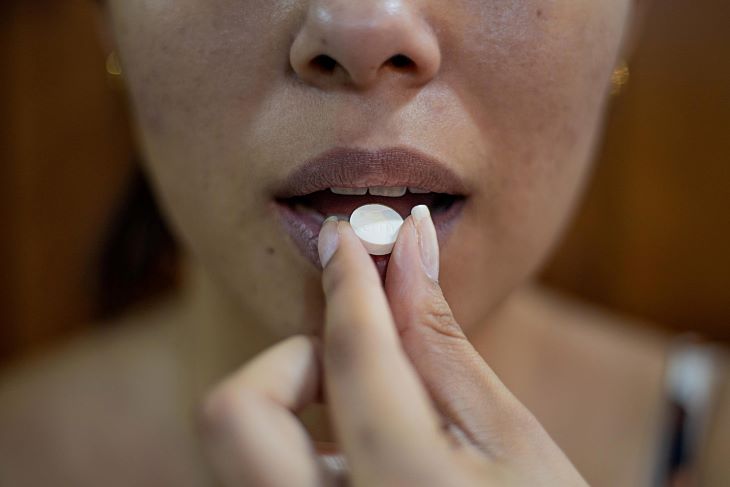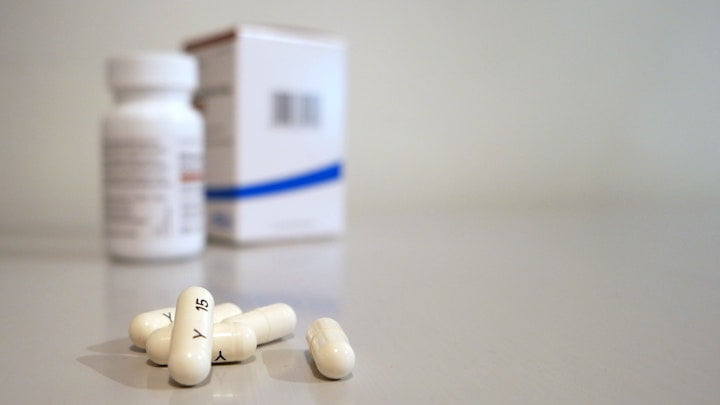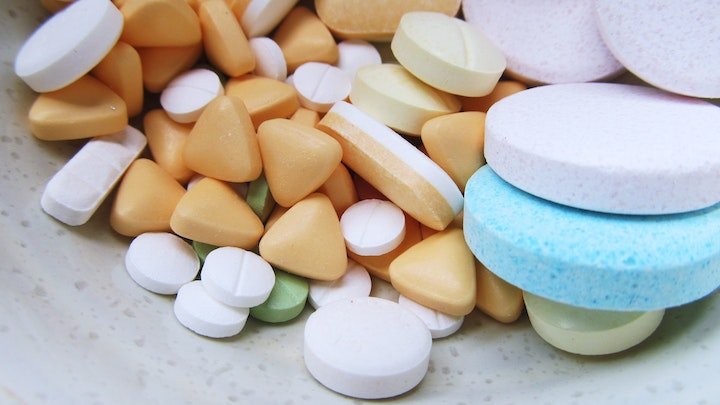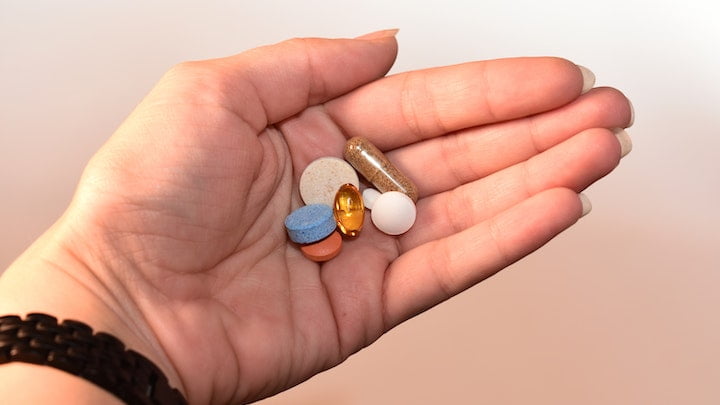Suboxone is a prescribed medicine in the UK, available when individuals require significant pain relief. Despite its availability, it is a drug which must be taken with great care and an awareness of its associated risks.
Not only can individuals develop dependencies on Suboxone, but the corresponding withdrawal they are put at risk of developing can harm their physical and mental health. It is pivotal, therefore, to understand how and when such withdrawal must be treated.
Suboxone: everything you need to know

Suboxone, the brand name of Buprenorphine and Naloxone existing together, is an opioid. It has painkilling properties, which make it a popular medication for those who live with chronic pain, injuries from debilitating accidents, or cancer.
It is also used as a last resort medication when other, less impactful painkillers have failed to numb an individual’s pain or have become less effective over time. Studies have found it to be a more effective alternative to drugs such as Methadone [1].
Research also indicates that the drug can be used as a source of long-term support, despite the misconception that it must only be used over short periods of time [2]. The opioid must be prescribed carefully, however, as it carries an abuse potential.
The drug can come in several different forms. Individuals can either be given patches which are applied to their skin, tablets which are taken orally, or injections (an option used only in hospital settings).
In addition to its function as a painkiller, Suboxone is also sometimes used as a means of helping those recovering from drug abuse to withstand their withdrawal and physically detox themselves.
What happens when you take Suboxone?

When consumed, Suboxone targets opioid receptors in the brain. These play a role in our experience of pain, and their activation helps dampen these signals.
Alongside this relief, those who take Suboxone can also experience a range of common side effects, including:
- Fatigue and muscle weakness
- Constipation
- Nausea
- Anxiety
- Body aches
- Headaches
Suboxone withdrawal – the most common symptoms

Although it can be used as a way to treat an individual’s withdrawal from another substance, it is possible for them to experience withdrawal from Suboxone. They can become so dependent on its effects that, when sober, their brain and body struggle to cope.
When used as a painkiller, individuals can come to rely so much on the drug for their daily comfort that they form a physical dependence on it.
They can alter their internal chemical processes, causing Suboxone to become a necessary part of their biological routine.
Once this kind of reliance has formed, the absence of the drug can trigger the body to react aggressively.
Such a response is characterised by withdrawal symptoms, and some of the most common of these include:
- Nausea and/or vomiting
- Body aches and pains
- Anxiety
- Depression
- Intense cravings for Suboxone
- Profuse sweating
- Symptoms of a fever, including chills and shaking
- Inability to concentrate
- Headaches
- Poor sleep and/or insomnia
- Digestive complications
- Mood swings and irritability
- Increased body temperature
Several of these symptoms pertain to psychological health rather than physical health. The reason for this is that, while withdrawal spawns primarily from the body’s adverse response to sobriety, it is also motivated by the brain and an individual’s thought patterns.
After using Suboxone so much, individuals can experience mental and emotional distress when it is no longer available. They might believe themselves unable to live normally without it, potentially triggering the symptoms of anxiety and depression listed above.
How Suboxone withdrawal changes and how long it lasts

Suboxone withdrawal is not simply a rush of symptoms as the drug’s effects wear off. In fact, it can surface in several stages with different symptoms coming and fading in different durations. It changes over time, and different individuals can have unique experiences.
The first few days
Within the first 72 hours of being sober of Suboxone, individuals will primarily experience withdrawal physically.
At this stage, they can expect to have fever symptoms, sweating, and nausea, and these symptoms will be at their strongest during this initial phase.
The first week
Once the body has inflicted its first wave of withdrawal, the physical symptoms will be joined by the brain’s response to being sober.
As well as some additional physical symptoms like body aches, it is now when individuals will begin to experience mood swings and poor sleep.
Two weeks and beyond
Eventually, the body will cease to inflict its physical symptoms on an individual. These will begin to subside, but the psychological symptoms will not yet stop.
Individuals might start to experience stronger bouts of depression after two weeks, alongside intense cravings.
What is the best way to cope with Suboxone withdrawal?

For those who become dependent on Suboxone and find that they experience symptoms of withdrawal when sober, the best course of action is to enrol on a detox programme.
Within detox, individuals reduce their Suboxone consumption under the supervision of medical professionals. They are provided with the best guidance and support available, with their progress being paced to optimise their recovery and minimise risk to their health.
Rather than going ‘cold turkey’ and quitting Suboxone outright, detox ensures that individuals withdraw from the drug with a structured plan in place, access to medications that can reduce the impact on their body, and therapeutic support.
Is it possible to tackle Suboxone withdrawal without medication?

Due to the fact that Suboxone dependency, and therefore withdrawal; result from the drug initially being used as a way to combat another form of withdrawal, it is normal for individuals to seek out coping mechanisms that do not rely on the use of more medication.
For this reason, there are other options that individuals can turn to instead of medication to aid their Suboxone detox and manage their withdrawal symptoms.
Popular examples include:
- Eat a balanced diet – Withdrawal is very taxing on the body, and it is therefore hugely important to ensure that you are putting the right things in your body. Refuelling with the right foods can be pivotal, as can ensuring you are hydrated.
- Try exercise – Part of what makes Suboxone withdrawal so difficult is the sharp drop in pleasurable hormones in the brain. Exercising, however, can work to lessen this absence and flood the body with healthy, pleasurable feelings that boost mood.
- Attend support meetings – Many communities offer addiction support meetings. By attending these, individuals can meet others going through detox, learn new coping techniques, and benefit from an atmosphere of mutual support and belonging.
- Find a new hobby – When you think too much about the trials of Suboxone withdrawal, it becomes a harder process to endure. Therefore, finding something new to focus on and enjoy can boost morale and motivation.
- Keep talking to specialists – The team surrounding you in detox are there to help, so maintain open communication with them. If something isn’t working, tell them and facilitate their finding the fastest and most effective road to recovery for you.
The role of therapy in long-term recovery

Detox plays an indispensable role in helping individuals conquer their withdrawal and get clean of Suboxone. However, it cannot be celebrated as a solo act, as what follows detox is an equally important stage of successful, long-term recovery.
The role of therapy is different to detox, though one which works to help combat the long-lasting effects of Suboxone withdrawal and ensure that the principles of staying sober withstand the twists and turns of everyday life.
How therapy supports substance use disorder recovery
Once an individual has become sober of Suboxone, they will still experience a psychological impulse to use the drug. Triggers, as they are known, will exist in their normal life and continue to compel them to resume their addictive patterns of behaviour.
These triggers can be work pressures, family feuds, unhealthy thought processes: essentially anything that frames Suboxone use as the rational option for relief and comfort. Therapy works to identify the nature and influence of these triggers and find ways of coping.
In Cognitive Behavioural Therapy (CBT), for example, a therapist seeks to find the patterns of thinking that push an individual towards Suboxone use. They also ask what triggers tend to spark these patterns and how their influence on behaviour can be managed.
How therapy helps with withdrawal
When it comes to withdrawal, therapy also plays a direct role in managing symptoms. As outlined above, several symptoms of Suboxone withdrawal affect mental and emotional health, and being unable to manage these in the months following detox can create risk.
Therapy, therefore, can also serve the function of helping individuals effectively manage the anxiety, depression or mood swings triggered by withdrawal. They can also receive support in rationalising their cravings.
A popular technique is HALT. This reminds individuals to question cravings and inquire as to whether they are Hungry, Angry, Lonely, or Tired. This helps them avoid needless relapse and, instead, satisfy normal bodily urges that can be mistaken for drug cravings.
Am I at risk of Suboxone withdrawal?

Upon learning about the addiction risk of Suboxone, and the ways in which withdrawal from the drug can affect physical and mental health, individuals might be keen to know whether they are at risk.
What separates healthy, medicinal use of the drug from misuse and abuse?
There are many tests that can be used to help individuals identify whether they have an unhealthy relationship with Suboxone.
One popular example is the CAGE questionnaire, which provides four questions that individuals can ask themselves.
These are:
- Have I ever thought that I ought to cut down on how much I use Suboxone?
- Have I ever felt angry about someone commenting on or criticising my Suboxone use?
- Have I ever felt guilty about how much I use Suboxone?
- Have I ever used Suboxone as a means of waking myself up, or as an eye-opener?
The key to the CAGE questionnaire is that it helps individuals identify addictive tendencies in their behaviour without bias having an influence. If they answer ‘yes’ to its questions, it indicates that they may be at high risk of Suboxone dependency and, therefore, withdrawal.
Common behavioural warning signs
Of course, there are other ways of identifying addiction. Warning signs can come in a variety of forms, and different individuals can display their own combination of them.
Some of the most common include:
- No prescription – The most obvious sign of addictive Suboxone use is an individual using it without a prescription. Equally, desperately trying to attain a prescription or a prescription for a higher dosage can indicate an increased tolerance due to abuse.
- Obsessive behaviour – Individuals who tirelessly plan on how they are going to attain Suboxone, talk about it all the time, or centre their routine around its consumption are likely dependent on it.
- Being deceptive or secretive – Those who abuse a substance are unlikely to admit the extent to which they consume it. Individuals often lie about how much they use Suboxoneor attempt to hide evidence and signs of their consumption rate.
- Stealing money – Desperation is a key sign that an individual fears the consequences of sobriety. Stealing money, therefore, is a red flag when it comes to an individual’s relationship with Suboxone.
Common physical warning signs
In many instances, the risk level of Suboxone dependence can be evident in an individual’s physical state.
The most common physical warning signs include:
- Fluctuations in body weight
- Complaints of stomach pain or constipation
- Dilated pupils
- Low libido
- Poor balance and general coordination
- Fluctuations in appetite
- Sleeping problems
OK rehab: the support we offer
Suboxone can be instrumental in helping individuals combat severe pain and withdrawal, but the risk of becoming dependent on it can be very concerning. You might feel worried or scared that your consumption might get out of hand, but there is support available.
At OK Rehab, we understand that withdrawal is something best avoided, and that’s why we are here to help provide you with information, guidance, and support to ensure that your Suboxone consumption remains safe and sustainable.
And if you suspect that your consumption habits have already strayed into the addictive territory, our team are on hand to help you find detox treatment options local to you and get you on the road to recovery. Don’t hesitate, and give us a call on 0800 326 5559!





